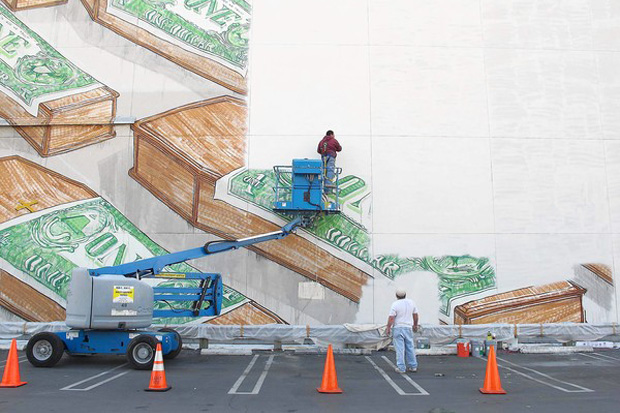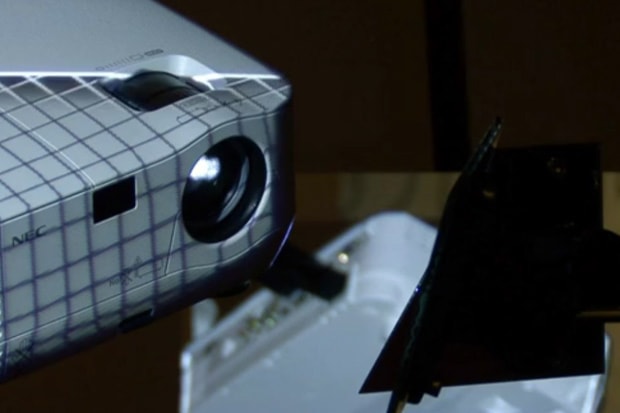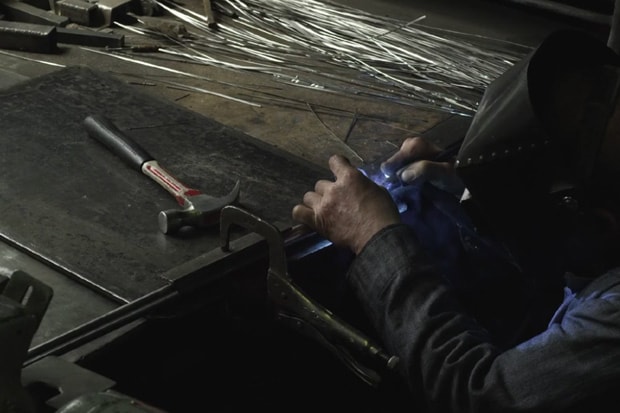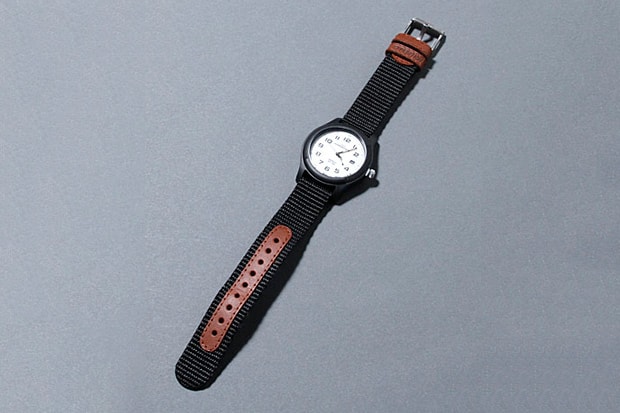Deitch Censorship Commentary
Roughly two weeks ago, street artist Blu had a mural at the MOCA in Los Angeles promptly buffed

Roughly two weeks ago, street artist Blu had a mural at the MOCA in Los Angeles promptly buffed over. The actions taken against Blu have caused an outcry with the likes of Robert Greenwald of Brave New Films, the National Coalition Against Censorship and street art champions Wooster Collective all having their collective say on the matters. The relationship of creativity, free speech and the corporation once again comes under fire as we’re sure the debate will continue to rage on. Selections from each respective personality can be seen below.
Wooster Collective
Being a high profile and extremely colorful figure, it makes sense that Deitch would quickly become the focus of the blogosphere’s vitriol. It was his sole decision to destroy the mural before the public could see it, and because the mural was commissioned and authorized, it can also be said to be an act of censorship. When you read the accounts of what happened, (as well as what didn’t happen) it certainly seems that the criticism is justified. And we’ve contributed some of our own criticism to that dialogue, both publicly and privately.
But for us, this discussion about Blu’s mural should be a lot more than just a vilification of Jeffrey Deitch and a show of support for Blu. For us, it has more to do with the fact that as time goes on, more and more of our museums fail to live up to the ideals that we have for them. We want, and expect, museums to defend our free speech. We want, and expect, museums to provide a home for provocative thought. We want, and expect, museums to provoke and inspire debate. What we should not want is for museums to be so constrained and commercial that they add very little to the public debate.
The reality is that fewer and fewer museums live up to our ideals. To keep their doors open, museums like MOCA need to appease powerful donors and mount shows that are commercial and bring in the masses. It’s becoming rarer and rarer for museums to mount truly provocative shows that challenge us and change the course of our society.
Robert Greenwald
Nothing in these statements has anything to do with avoiding making people uncomfortable. If MOCA were honestly pursuing their goal of identifying and supporting the most significant and challenging art of its time, they would be proudly featuring Blu’s mural as a cultural gem rather than treating it like that embarrassing relative who just can’t behave at family reunions.
Here’s an interesting thought experiment: imagine if Blu had painted a mural celebrating, rather than dissenting from, the wars in Iraq and Afghanistan. What if the mural had depicted the war in Afghanistan as a conflict that served American interests, where our team, including our allies in Kabul, were the Good Guys and our adversaries the Bad Guys. In other words, if Blu had lied through his art, rather than using it to tell the truth, would Deitch have painted over it? Maybe, but I doubt it.
Creating art conveys a message. Destroying it also sends a message.
The National Coalition Against Censorship
“Crying” censorship (really – those crybaby free speech fanatics!) and claiming sensitivity, however, are NOT polarized assertions. Censorship is the suppression of speech or ideas considered disagreeable, offensive or otherwise objectionable. People censor for various reasons – and being “sensitive” to the feelings of others is often one of those reasons.
Being a private institution LA MOCA can legally censor as mush as it wants, but, please, let’s call Jeffrey Deitch’s action what it is: censorship. Where disagreement appears is when we begin discussing Deitch’s reasons for covering the piece: We may sympathize with his motivations or we may disagree that the possibility that a political mural may offend someone should be reason to whitewash it.
Photography: LA Times












